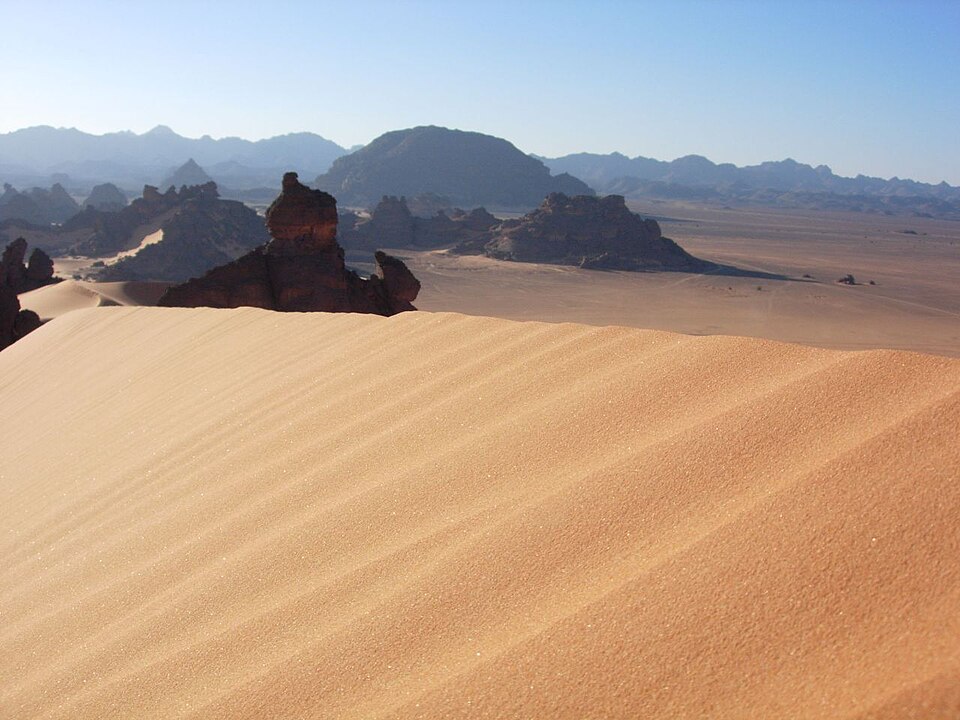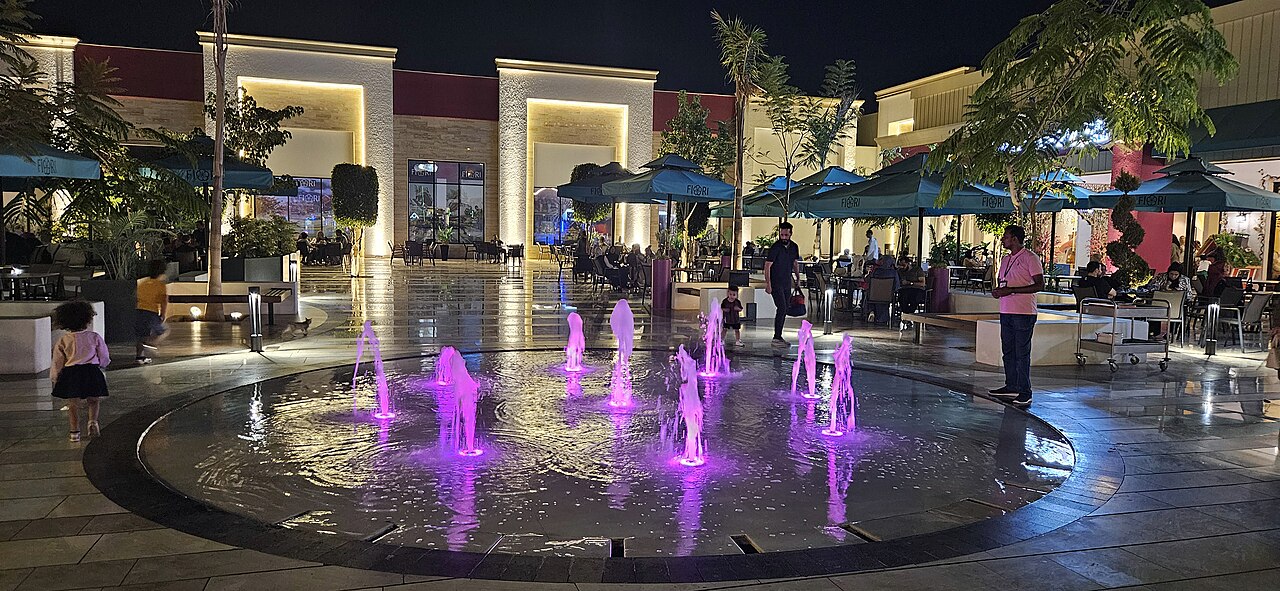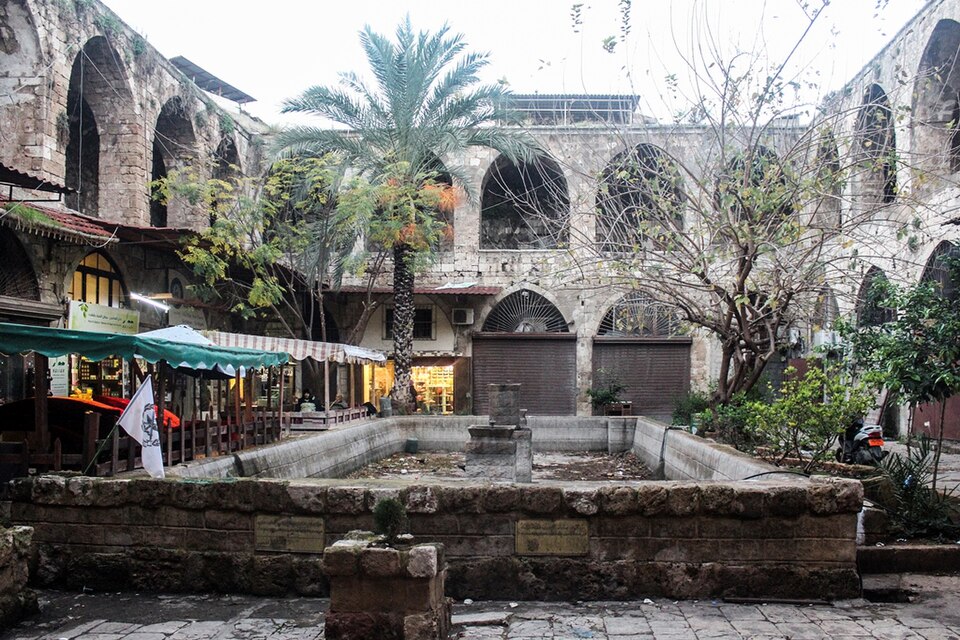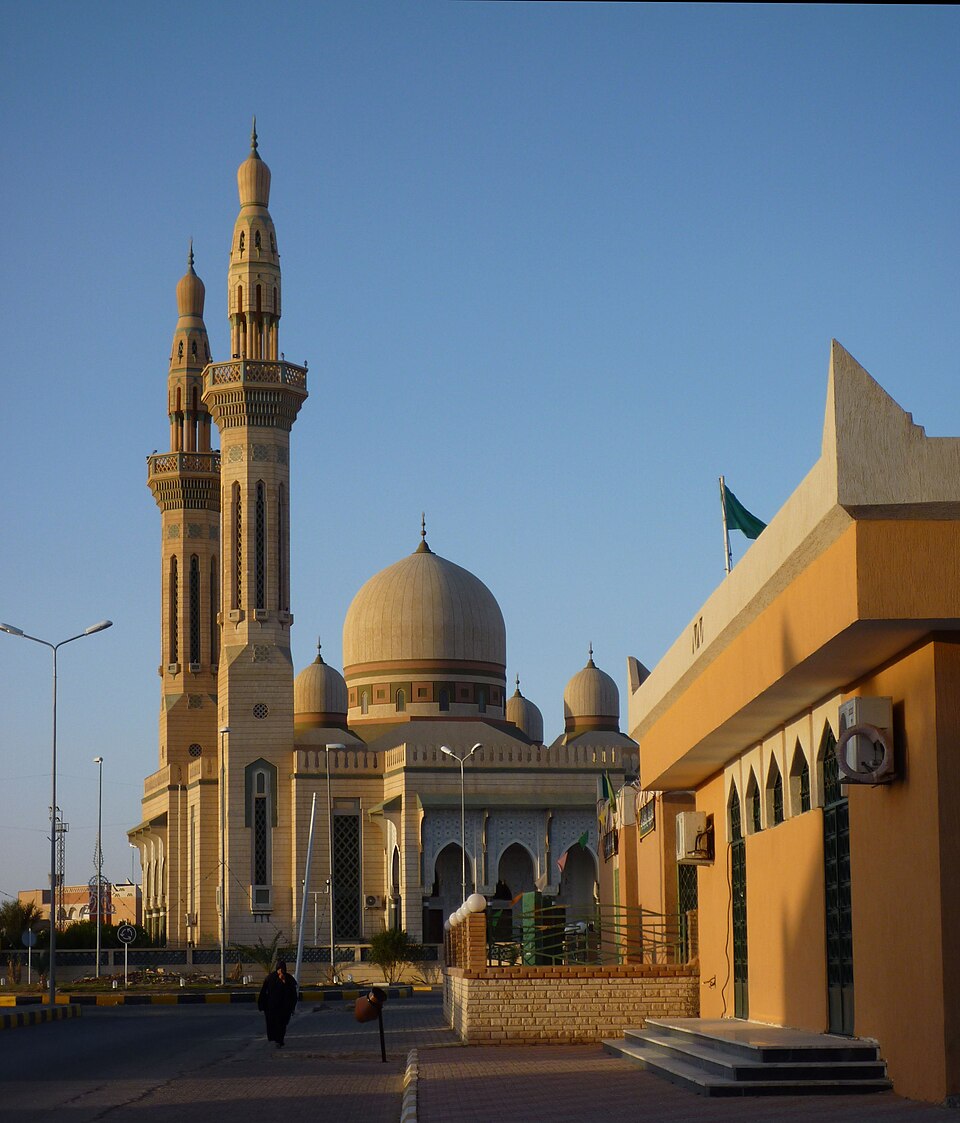ITINERARY LET'S GO TO LIBYA!
An ultimate absurdist adventure in the land of ancient ruins, many cultures, two governments and the US’s shady intentions
Ah, Libya — where ancient ruins meet modern-day chaos in a symphony of absurdity. If you’re seeking a destination that offers both historical grandeur and current-day political theater, look no further.
In a move that defies all logic, the Trump administration reportedly considered sending people with zero prior connection to Libya to this North African nation. As Rachel Maddow gleefully reported, the plan included relocating displaced residents of Gaza.
Because when you think “safe, stable resettlement,” naturally, you think of a country where rival militias roam the streets, the government is split in half, and airports are more theoretical than functional.

Meanwhile, insiders whisper that Tiffany Trump’s father-in-law, Massad Boulos, might be involved in some “black box deals” tied to the plan. Nobody knows what exactly is in this deal; but the symbolism is clear: anything Libya-adjacent and Trump-adjacent comes with a side of opaque financial intrigue.
Libya today is like a hotel with two front desks, neither of which agrees on checkout times. The west is run by militias, warlords, and confused bureaucrats; the east has its own administration based in Benghazi, where conspiracy theories flourish like weeds. And yet, in some parallel universe, someone thought, “Sure, let’s send a million displaced Palestinians here. It’s a win-win!”

Visiting Libya now is less “travel” and more “extreme geopolitical sport.” You don’t just pack sunscreen; you pack patience, survival skills, and perhaps a small bribe just to take a photo of a Roman column.
Before modern absurdity, Libya was doing pretty well for itself. Thousands of years ago, Berbers roamed the deserts, Greeks founded Cyrene around 630 BC, and philosophers debated the cosmos. Romans later claimed the territory, building Leptis Magna into a marvel of engineering — forums, bathhouses (definitely homo), and chariot races. Basically, ancient Libya was civilized. Modern Libya? Less so.


The Byzantines, Arabs, and Ottomans each added layers to Libya’s cultural mosaic. Then Italy came along in the 20th century, colonized the coast, and tried to modernize the cities while suppressing resistance in the interior. Independence arrived in 1951 under King Idris, who briefly flirted with tourism along the Mediterranean. Gaddafi’s coup in 1969 changed all that — now Libya was an “extreme political safari” rather than a beach vacation.
And then along came Hillary!
Since 2011, Libya has perfected the art of political chaos. Tripoli governs the west, Benghazi the east, and militias roam the interior. Benghazi is particularly notorious for conspiracy theories, both locally and internationally, and visiting as a tourist is like trying to navigate a labyrinth designed by Kafka, while someone whispers rumors about rumors in your ear.
Tourism is effectively a thought experiment. The country has Roman ruins, Sahara adventures, and Mediterranean beaches — but these days, you’re more likely to see them in documentaries or in my sarcastic essays than in real life. Unless, of course, you’re willing to dodge checkpoints, negotiate with multiple militias, and maybe figure out what’s in the Tiffany Trump family’s mysterious black box deal as a roving journalist.
Here is a fun itinerary I designed for you!
Day 1: Arrival in Tripoli
- ° Land at an airport that may or may not exist that day.
- ° Check-in at a hotel staffed by a rotating militia council; don’t argue with reception.
- ° Evening stroll through Tripoli souks. Haggling is mandatory, and survival skills are a bonus.

Day 2: Roman Ruins of Leptis Magna
- ° Marvel at ancient Roman architecture that lasted longer than Libya’s modern governments.
- ° Optional: Ask your guide which militia controls which section. It’s like “choose your own adventure,” except with sand and small arms.
Day 3: Desert Safari and Sand Negotiations
- ° Ride camels, admire the Sahara, and ponder whether any of this is more stable than modern politics.
- ° Evening briefing on “Black Box Mysteries,” rumored to involve Tiffany Trump’s father-in-law, obscure contracts, and possibly a very stale sandwich.
Day 4: Cyrene and Benghazi Conspiracies
- ° Tour ancient Greek ruins and reflect on how people once debated philosophy instead of international logistics.
- ° Afternoon: optional “Benghazi Conspiracy Walk,” where you learn about intelligence rumors, secret deals, and political misadventures that may or may not be true. Is that Hillary?

Day 5: Gaza Relocation Observation Deck
- ° Hypothetically watch as officials debate moving millions of displaced people into the country you’re visiting for fun.
- ° Take selfies with ruins in the background to maintain plausible deniability.
Day 6: Mediterranean Coast Relaxation
- ° Briefly relax on a beach that’s theoretically safe.
- ° Contemplate how Libya once hosted tourists, now hosts militias, and maybe soon hosts refugees.
Day 7: Departure (If Possible)
- ° Pack your souvenirs, a functioning sense of irony, and possibly some sand in your luggage.
- ° Pray that your exit strategy works better than the government’s.
Oh you asked me for some tips to survive this little sojourn?

Well…check with three militias before entering ruins. Because why trust just one when you can have conflicting advice? Oh yes, bring your own Wi-Fi: Because relying on local networks is like playing Russian roulette with your data. And pack your sense of humor — It’s the only thing that might keep you sane.
And then I guess lastly I would avoid summer trips. Unless you enjoy temperatures that could roast you like a marshmallow on the sidewalk.
Libya is where history whispers through ancient ruins while modern politics scream headlines. It is a land where civilizations thrived, only to be latterly overwhelmed by oh-so-much political chaos, new black box deals, and a hypothetical mass resettlement.









